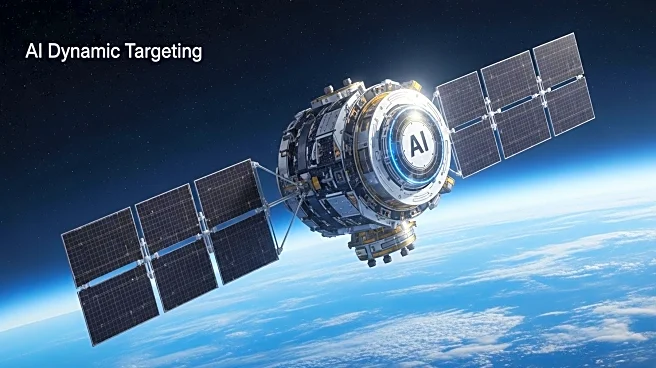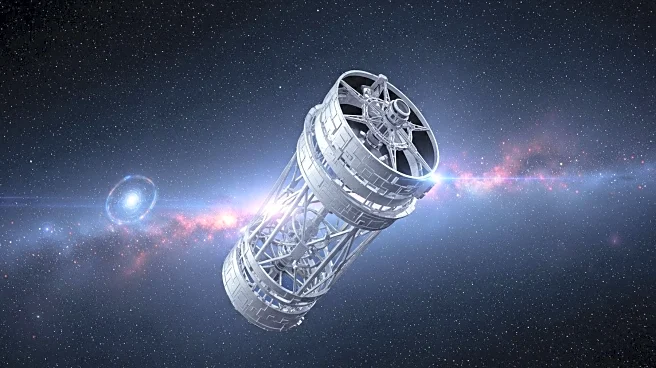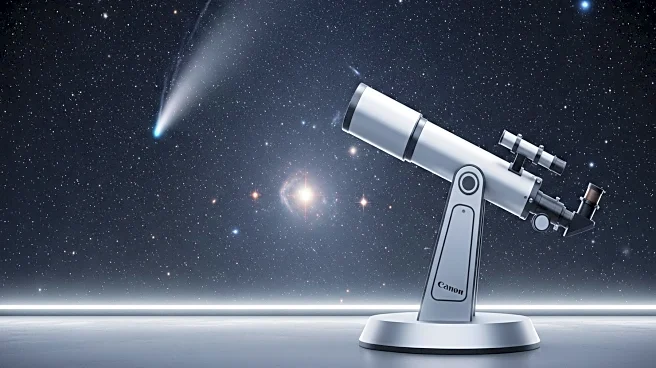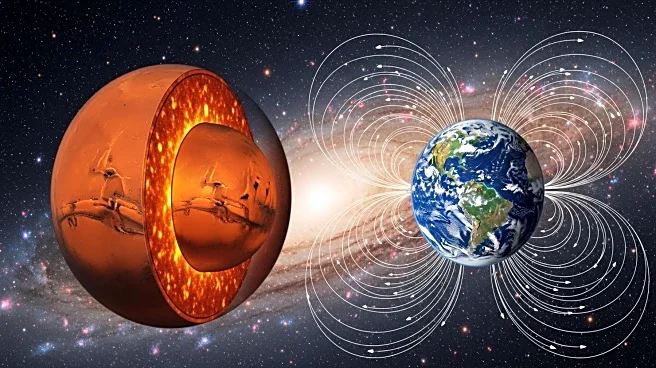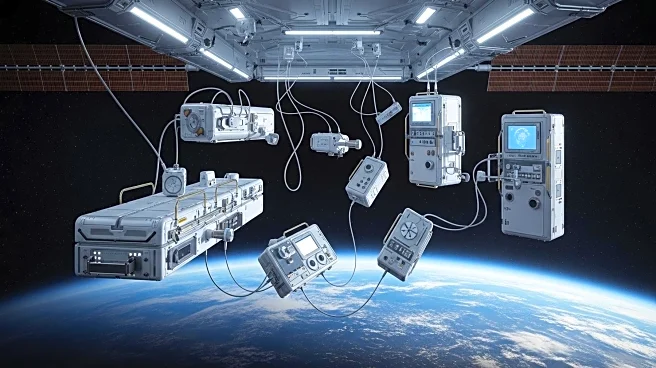What's Happening?
NASA's Jet Propulsion Laboratory has demonstrated Dynamic Targeting, an automated Earth observation experiment using a commercial cubesat. This technology allows satellites to autonomously analyze imagery and determine where to point their instruments, significantly reducing latency in data transmission. The experiment involved a cubesat equipped with a machine-learning algorithm and AI processor, capable of scanning for clouds and adjusting its sensor to capture cloud-free images. This advancement aims to enable satellites to respond to environmental changes, such as volcanic eruptions or storm systems, in real-time.
Why It's Important?
Dynamic Targeting represents a paradigm shift in Earth observation, offering faster and more efficient data collection. By reducing the time from image capture to analysis, this technology can provide timely insights for disaster response and environmental monitoring. The ability for satellites to autonomously select targets enhances their operational efficiency and reduces reliance on human intervention. This development could lead to more agile and responsive satellite systems, benefiting industries reliant on real-time data, such as agriculture, meteorology, and emergency management.
Beyond the Headlines
The integration of AI in satellite operations highlights the growing trend towards autonomous systems in space exploration. This technology not only improves data latency but also paves the way for more sophisticated satellite missions, including those beyond Earth's orbit. The collaboration between commercial entities and NASA in developing Dynamic Targeting underscores the importance of public-private partnerships in advancing space technology.
